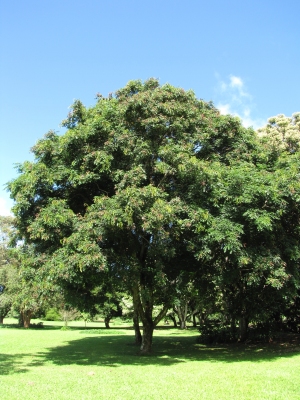RED LUCKY SEED
Adenanthera pavonina
|
Reference No : |
0000014 |
|---|---|
|
Scientific Name : |
Adenanthera pavonina |
|
Sinhala Name : |
මදිටිය (MADITIYA), මංචාඩි (MANCHADI) |
|
Tamil Name : |
ஆணைகுண்டுமணி (ANAIKUNTUMANI), அணிகுண்டுமணி(ANIKUNDUMANI) |
|
Other Common Names : |
Saga seed, Red sandlewood, Coral Tree, Red wood tree |
|
Synonyms : |
|
|
Plant Family : |
Fabaceae |
|
Plant Group : |
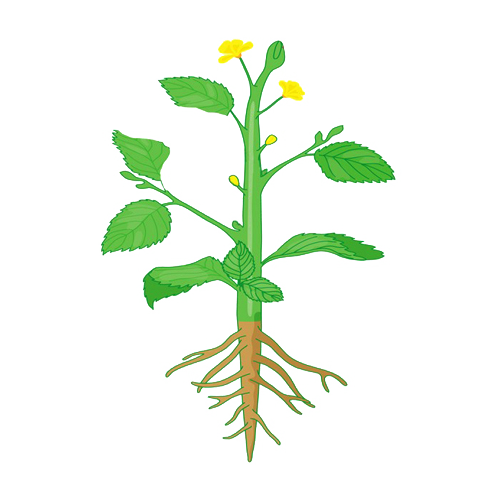 Angiosperms (Enclosed Seed) |
|
Plant Types : |
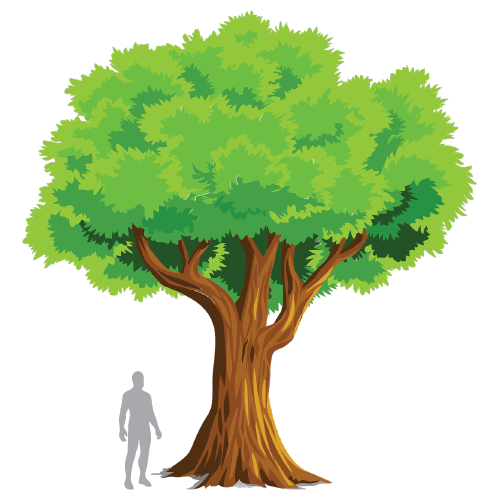 Large Trees
Large Trees
|
|
Crown Architecture : |
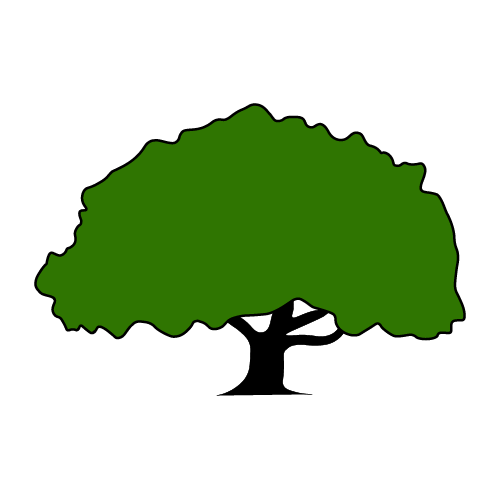 Spreading Canopy
Spreading Canopy
|
|
Plant Categories : |
Border Plants; Courtyard Plants; Dark Green Plants; Dry Zone Plants; Forest Trees; Fruiting Plants; Herbal Plants; High Leaves Density Plants; Intermediate Zone Plants; Large Trees; Low leaf density plants; Low Maintenance Plants; Medium Size Trees; Ornamental Plants; Parking Area Plants; Roadside Plants; Seasonal Plant; Shady Plants; Small Leaves Plants; Fast Growing Plants; Straight plants; Sun Loving Plants; Thick Green Plants; Trees; Wild Plants; Wind Controlling Plants; Wood Value Plants; Deciduous Plants; Partially Deciduous Plants |
|
Native Region(s) : |
Common within the Tropics of the old World |
|
Plant Distribution(s) : |
Brazil, especially in Caatinga vegetation; Costa Rica, Honduras, Cuba, Jamaica, Puerto Rico, Trinidad, Tobago, Venezuela, and the United States, especially in southern Florida. |
|
Habitat : |
Found in coastal forests on rocky headlands and islets. Also frequently found along roads and around human settlements. Exotic species naturalized in Singapore. Found growing wild at wastelands and open ground. |
|
Elevation : |
Above sea level up to 400 m |
|
Trunk / Bole / Stem & Branches : |
Trunk slightly buttressed, with greyish-brown bark and up to 45 cm diameter |
|
Average Height : |
6 - 20 m |
|
Maximum Height : |
25m |
|
Average Width : |
10m |
|
Maximum Width : |
20m |
|
Root System(s) : |
Tap Root |
|
Propogation(s) : |
By Seeds; By Cutting |
|
Average Longevity : |
Perennial |
|
Medicinal Use : |
Yes |
|
Medicinal Value : |
In traditional medicine, a decoction of the young leaves and bark of Adenanthera pavonina is used to treat diarrhoea. Also, the ground seeds are used to treat inflammation. Preliminary scientific studies appear to support these traditional uses. Parts Used In Treatment:
Treatment for
|
|
Benefits & Uses : |
This tree is useful for nitrogen fixation, and it is often cultivated for forage, as an ornamental garden plant or urban tree, and as a medicinal plant. For example, the young leaves can be cooked and eaten. The raw seeds are toxic, but may be eaten when cooked. Seeds have long been a symbol of love in China, and its name in Chinese is xiang si dou (Chinese: 相思豆), or "mutual love bean". The beauty of the seeds has led to them being used as beads for jewellery. The seeds have been used as units of weight for fine measures, of gold for instance, throughout recorded history. Tree is used for making soap. A red dye can be obtained from the wood. The wood, which is extremely hard, is also used in boat-building, making furniture and for firewood. |
|
Special Features : |
seeds are known to be almost identical weights to each other. producing much litter in the form of leaves, twigs and especially seed pods which crack open while still on the branch, so releasing their seeds, before themselves falling to the ground. |
Foliage |
|
|
Leaf Shape : |
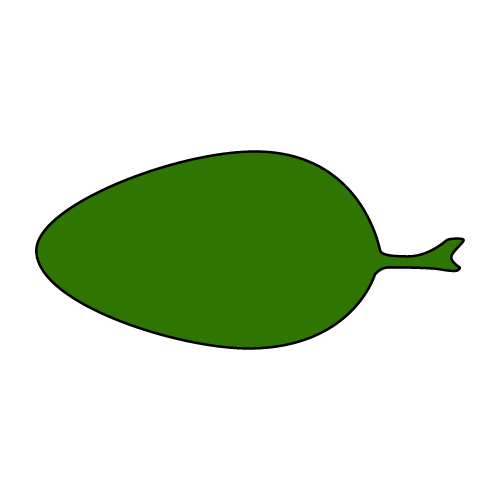 Ovate shape
Ovate shape
|
|
Arrangements : |
Compound |
|
Leaf Arrangement : |
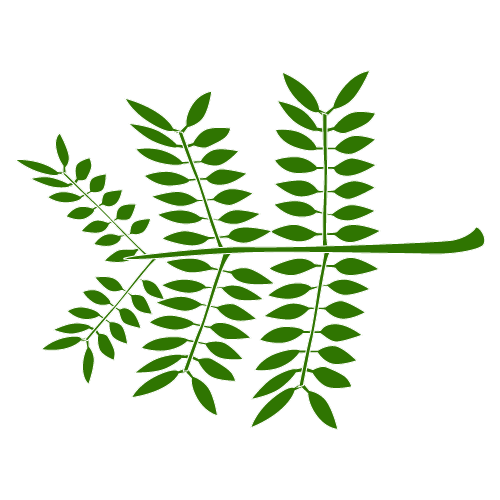 Bipinnate leaf arrangement
Bipinnate leaf arrangement
|
|
Leaves : |
Very large, bipinnate with a large swollen pulvinus; 2-6 opposite or sub-opposite pairs of pinnae, each with 8-21 alternate leaflets on short stalks; leaflets 2-4.3 x 1 cm, oblong to ovate, with an asymmetric base and blunt apex, dull green above, light green beneath, turning yellow with age. |
Flowering |
|
|
Is Flowering : |
Yes |
|
Blossoms : |
Small (2 mm), star-shaped, mature from white to creamy yellow to dull orange, held in 7 - 15 cm raceme inflorescences at tips of new shoots. Flowers open from base to tip of inflorescence, faintly scented like orange blossoms. |
|
Blooming Season : |
March; April; May; June |
Fruiting |
|
|
Bears Fruits : |
Yes |
|
Fruit : |
Seedpods thin and curved, ripeing from green to woody black and coiling up before splitting to release 8 - 12 seeds. |
|
Fruiting Season : |
May; June; July; August |
|
Seeds : |
Seeds shiny scarlet red, hard, lens-shaped, with faint "heart line" around margin, eaten and dispersed by birds. |
Maintenance |
|
|
Level : |
Low |
|
Soil Types : |
Sandy Soil; Clay Soil; Loam Soil; Alkaline (pH 8.5 <) |
|
Water : |
Medium/Moderate |
|
Sunlight : |
Full; Semi Shade |
|
Humidity : |
High |
Edibility |
|
Legal Status |
|
If you find any errors, please email us at info@biophilia.lk
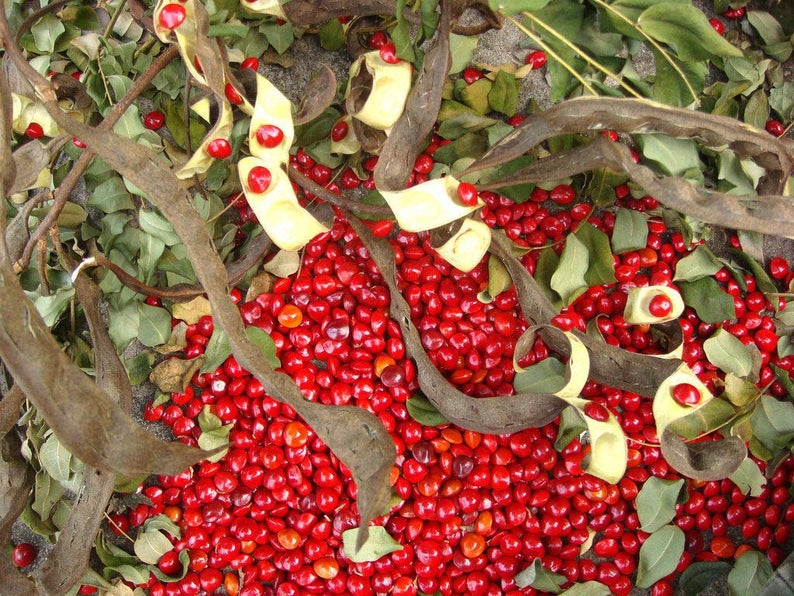
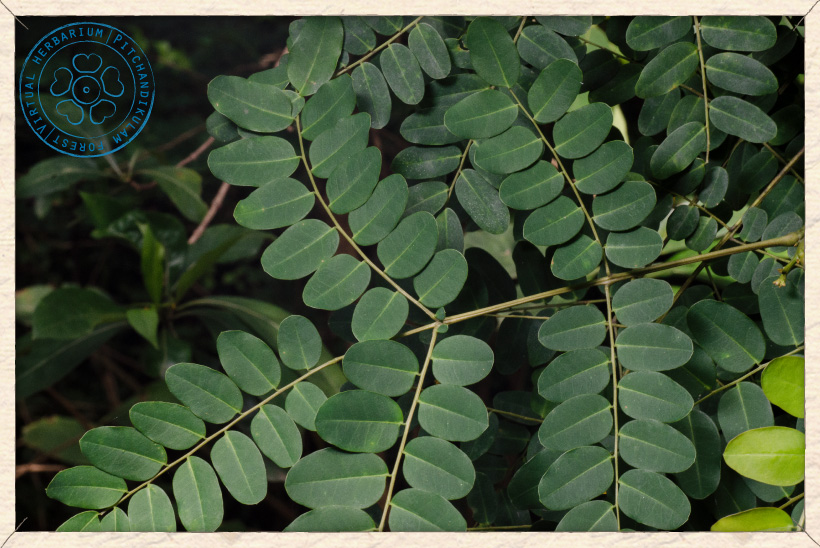
.jpg)
